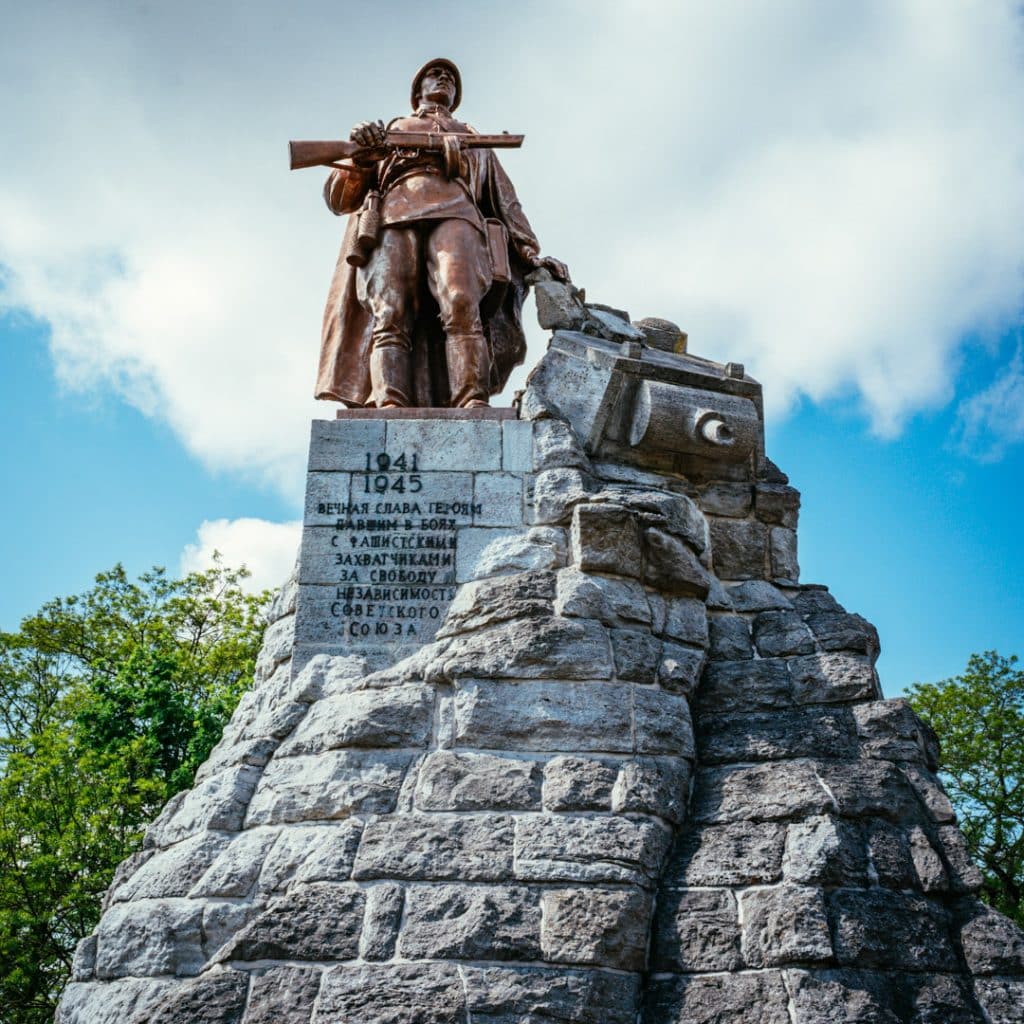
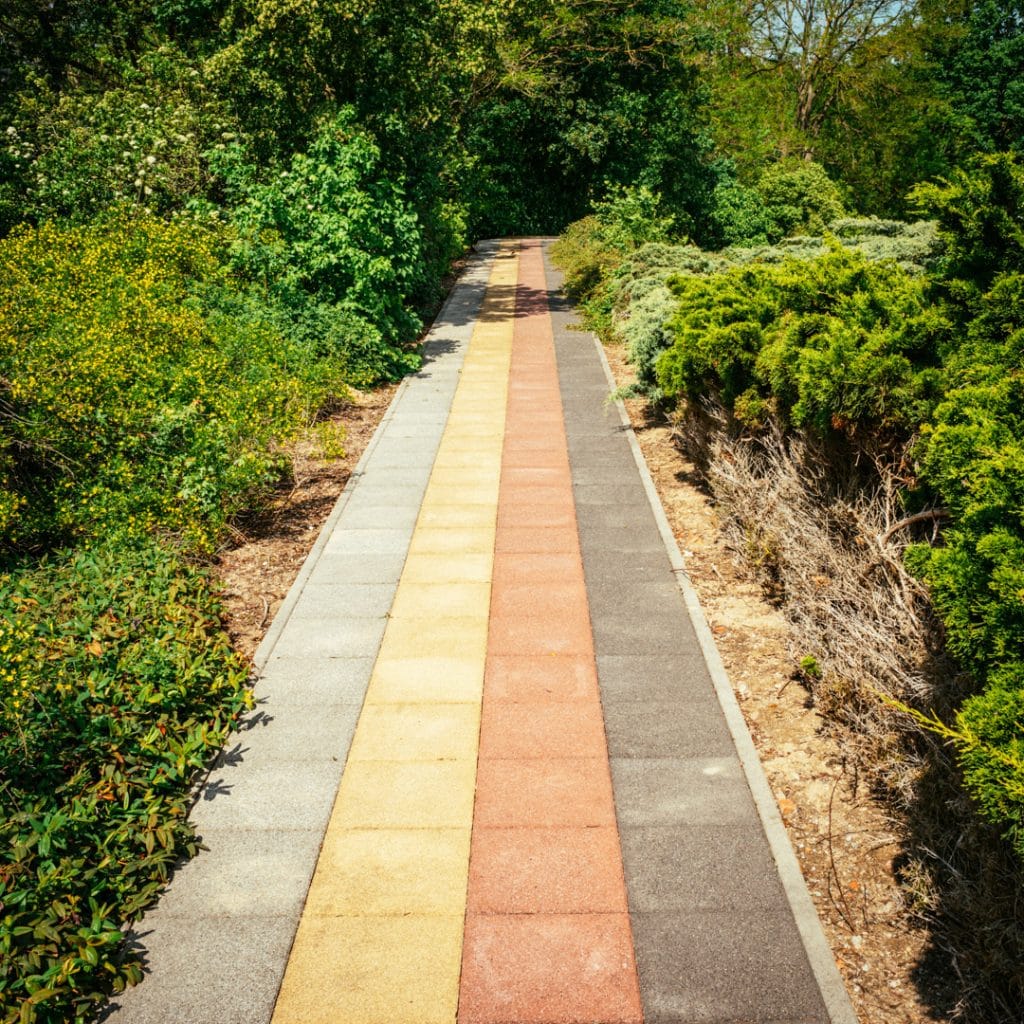
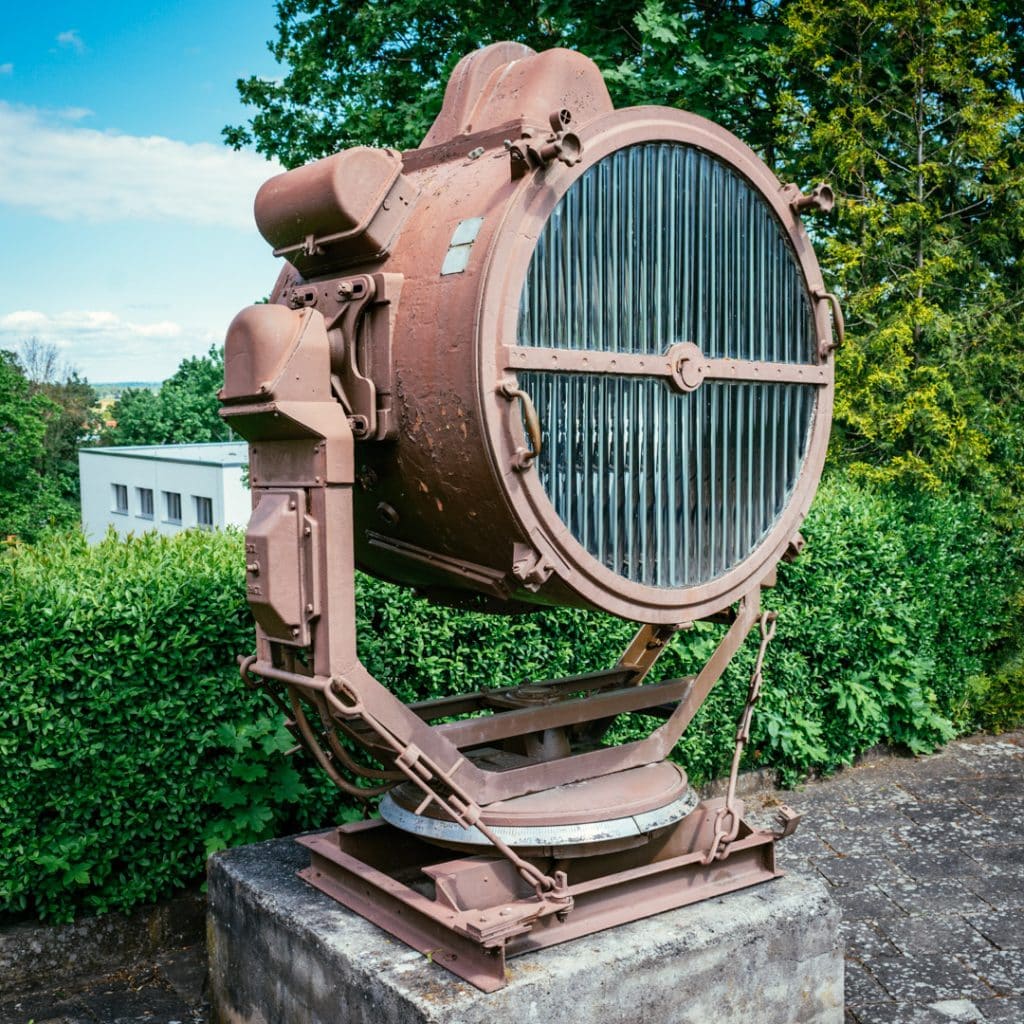
On April 17th, a kamikaze squadron had been mobilised by the German Luftwaffe to attack the bridgeheads established across the river Oder being used by the Soviets to reinforce their front. Thirty five pilots would die on April 17th for a limited and temporary success.
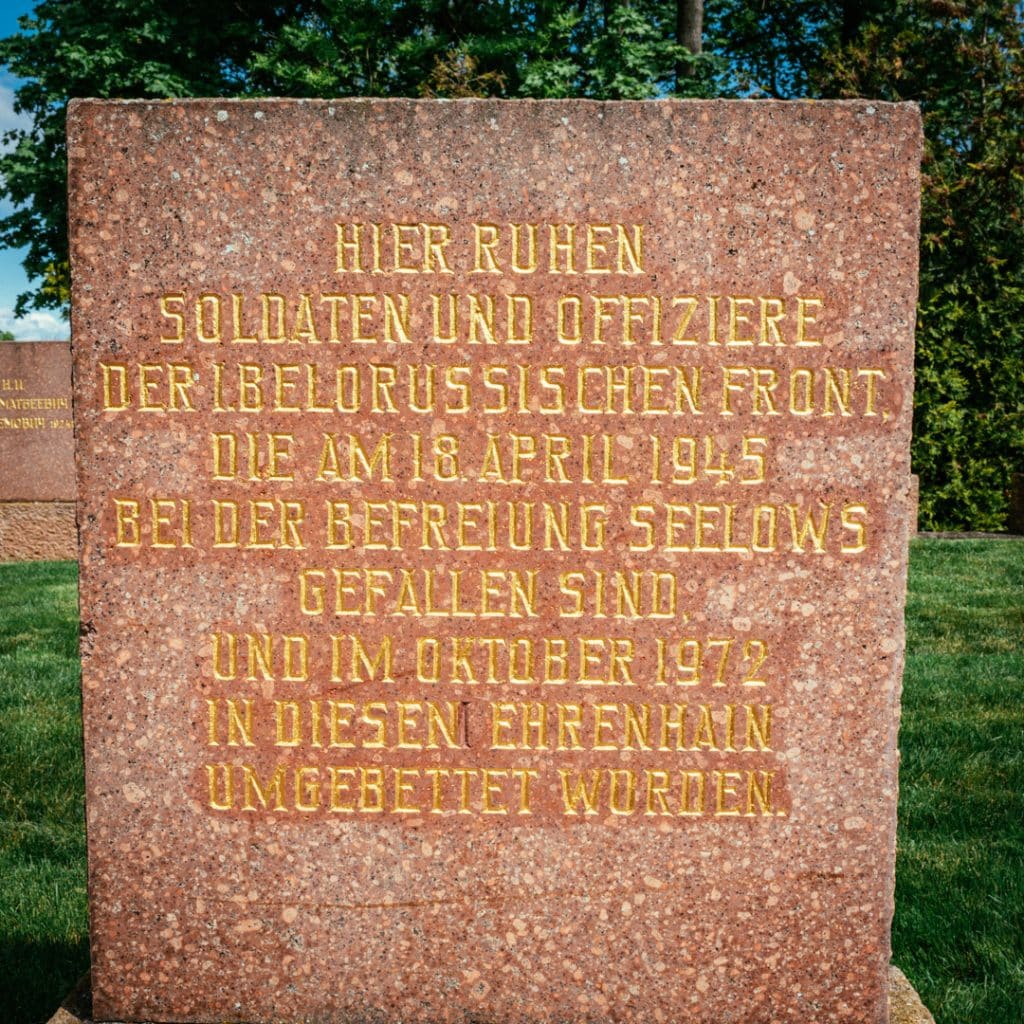
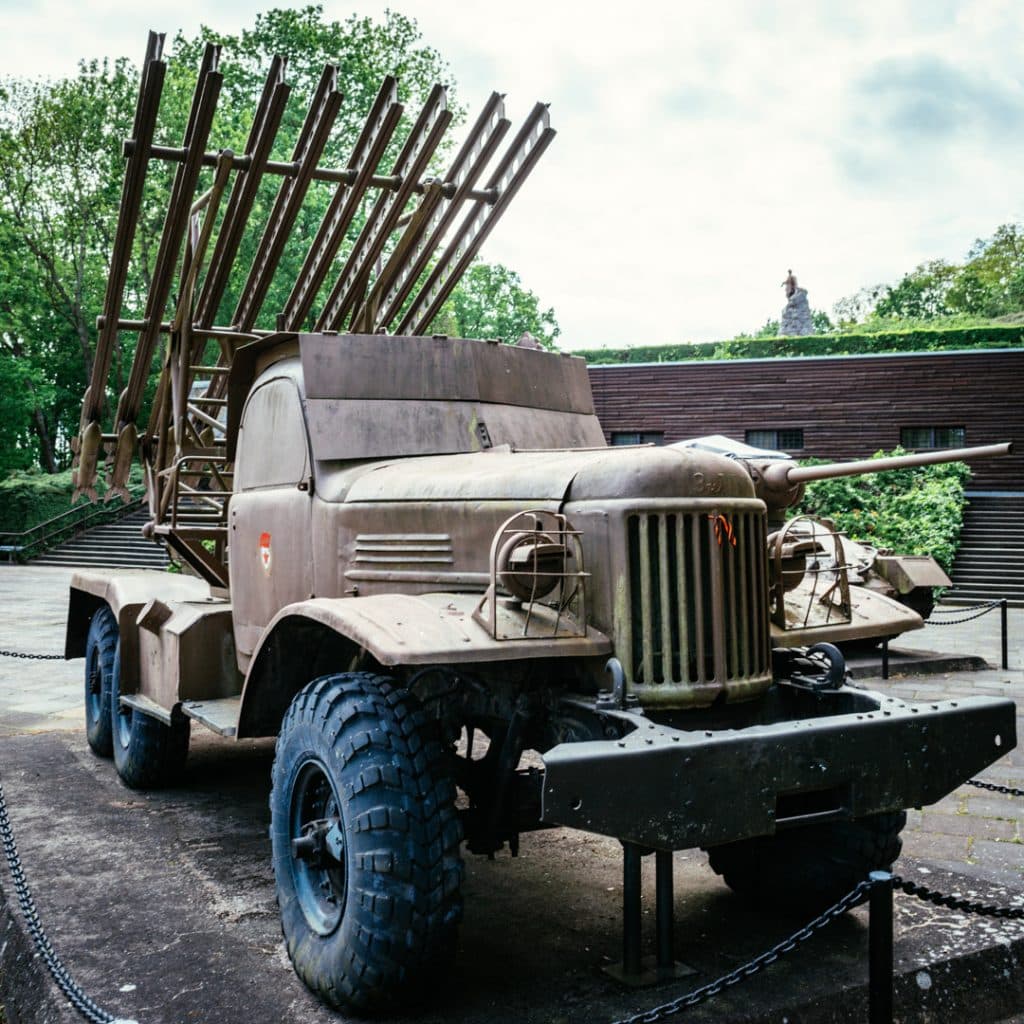
Some useful links: